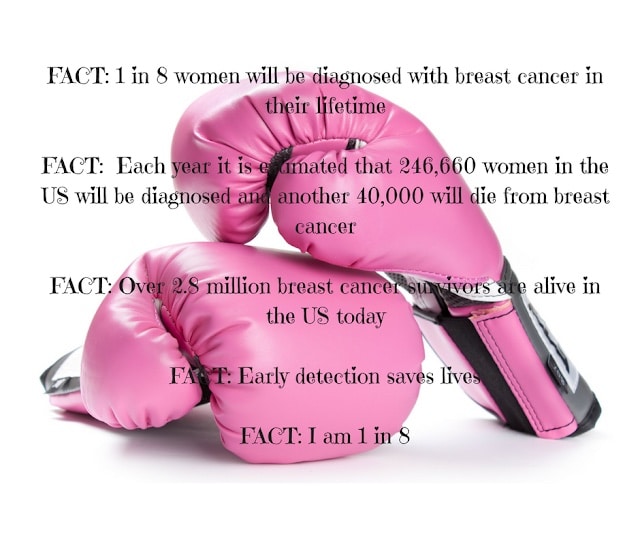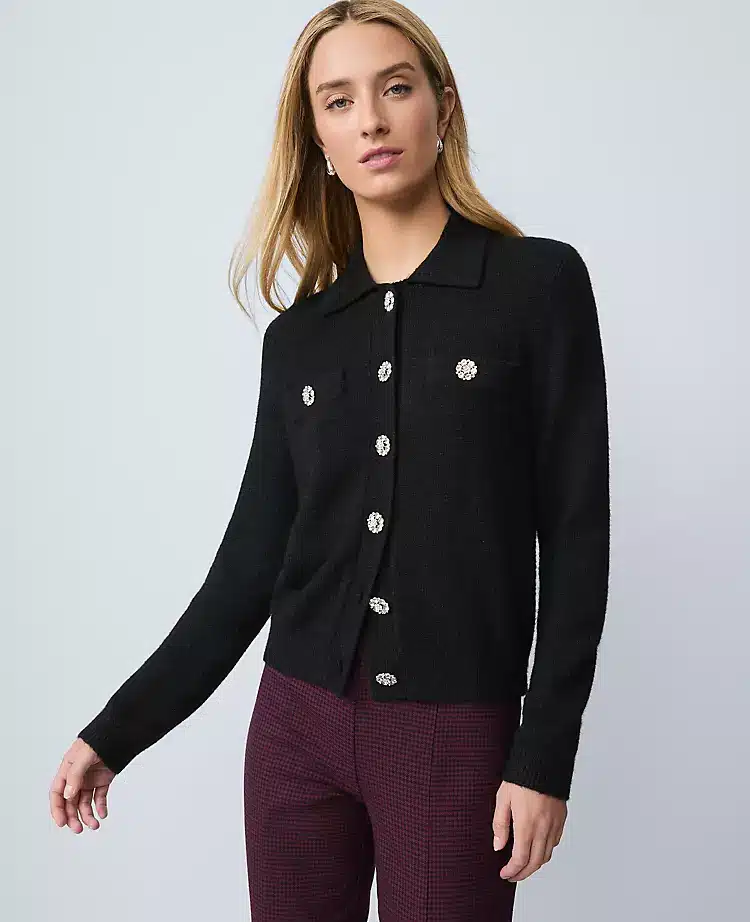-
Holiday Handbag Guide
I put this holiday handbag guide together because so many of you ask about classic bags that work for everyday winter outfits and make great gifts. Handbags are one of…
The Latest
Search
currently craving
Explore

Closet Cleanout Challenge
Dreaming of being able to wear more of what you already have in your closet? Join my 3-day closet cleanout challenge!
You’ll get a daily email from me with simple steps to declutter, purge and organize your closet.
Why join?
*Feel happy to open your closet doors when you get dressed
*Be able to find what you are looking for easily
*Be less stressed out when deciding what to wear
*Wear more of what you already have in your closetI












